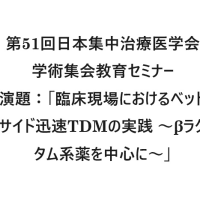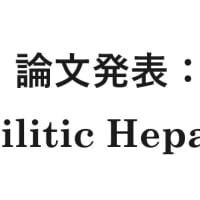Lancet microbe 2023
要点
・H3N8は従来、人での感染例の報告なし, 2022年に中国で初めて1例目が報告
・2022年5月に中国(長沙)で2例目5歳男児が罹患、軽症(サーベイランスでH3N8が判明)。
・H3N8は、ユーラシア由来トリH3遺伝子・北米由来トリN8遺伝子に加え、H9N2ウイルスの動的内部遺伝子を有する三重再集合ウイルス株。ヒトへの感染リスクは現時点では高くないがヒト型受容体への結合能を有しており、継続的なサーベランスが必須
Background
The H3N8 avian influenza virus (AIV) has been circulating in wild birds, with occasional interspecies transmission to mammals. The first human infection of H3N8 subtype occurred in Henan Province, China, in April, 2022. We aimed to investigate clinical, epidemiological, and virological data related to a second case identified soon afterwards in Hunan Province, China.
Methods
We analysed clinical, epidemiological, and virological data for a 5-year-old boy diagnosed with H3N8 AIV infection in May, 2022, during influenza-like illness surveillance in Changsha City, Hunan Province, China. H3N8 virus strains from chicken flocks from January, 2021, to April, 2022, were retrospectively investigated in China. The genomes of the viruses were sequenced for phylogenetic analysis of all the eight gene segments. We evaluated the receptor-binding properties of the H3N8 viruses by using a solid-phase binding assay. We used sequence alignment and homology-modelling methods to study the effect of specific mutations on the human receptor-binding properties. We also conducted serological surveillance to detect the H3N8 infections among poultry workers in the two provinces with H3N8 cases.
Findings
The clinical symptoms of the patient were mild, including fever, sore throat, chills, and a runny nose. The patient's fever subsided on the same day of hospitalisation, and these symptoms disappeared 7 days later, presenting mild influenza symptoms, with no pneumonia. An H3N8 virus was isolated from the patient's throat swab specimen. The novel H3N8 virus causing human infection was first detected in a chicken farm in Guangdong Province in December, 2021, and subsequently emerged in several provinces. Sequence analyses revealed the novel H3N8 AIVs originated from multiple reassortment events. The haemagglutinin gene could have originated from H3Ny AIVs of duck origin. The neuraminidase gene belongs to North American lineage, and might have originated in Alaska (USA) and been transferred by migratory birds along the east Asian flyway. The six internal genes had originated from G57 genotype H9N2 AIVs that were endemic in chicken flocks. Reassortment events might have occurred in domestic ducks or chickens in the Pearl River Delta area in southern China. The novel H3N8 viruses possess the ability to bind to both avian-type and human-type sialic acid receptors, which pose a threat to human health. No poultry worker in our study was positive for antibodies against the H3N8 virus.
Interpretation
The novel H3N8 virus that caused human infection had originated from chickens, a typical spillover. The virus is a triple reassortment strain with the Eurasian avian H3 gene, North American avian N8 gene, and dynamic internal genes of the H9N2 viruses. The virus already possesses binding ability to human-type receptors, though the risk of the H3N8 virus infection in humans was low, and the cases are rare and sporadic at present. Considering the pandemic potential, comprehensive surveillance of the H3N8 virus in poultry flocks and the environment is imperative, and poultry-to-human transmission should be closely monitored.

























